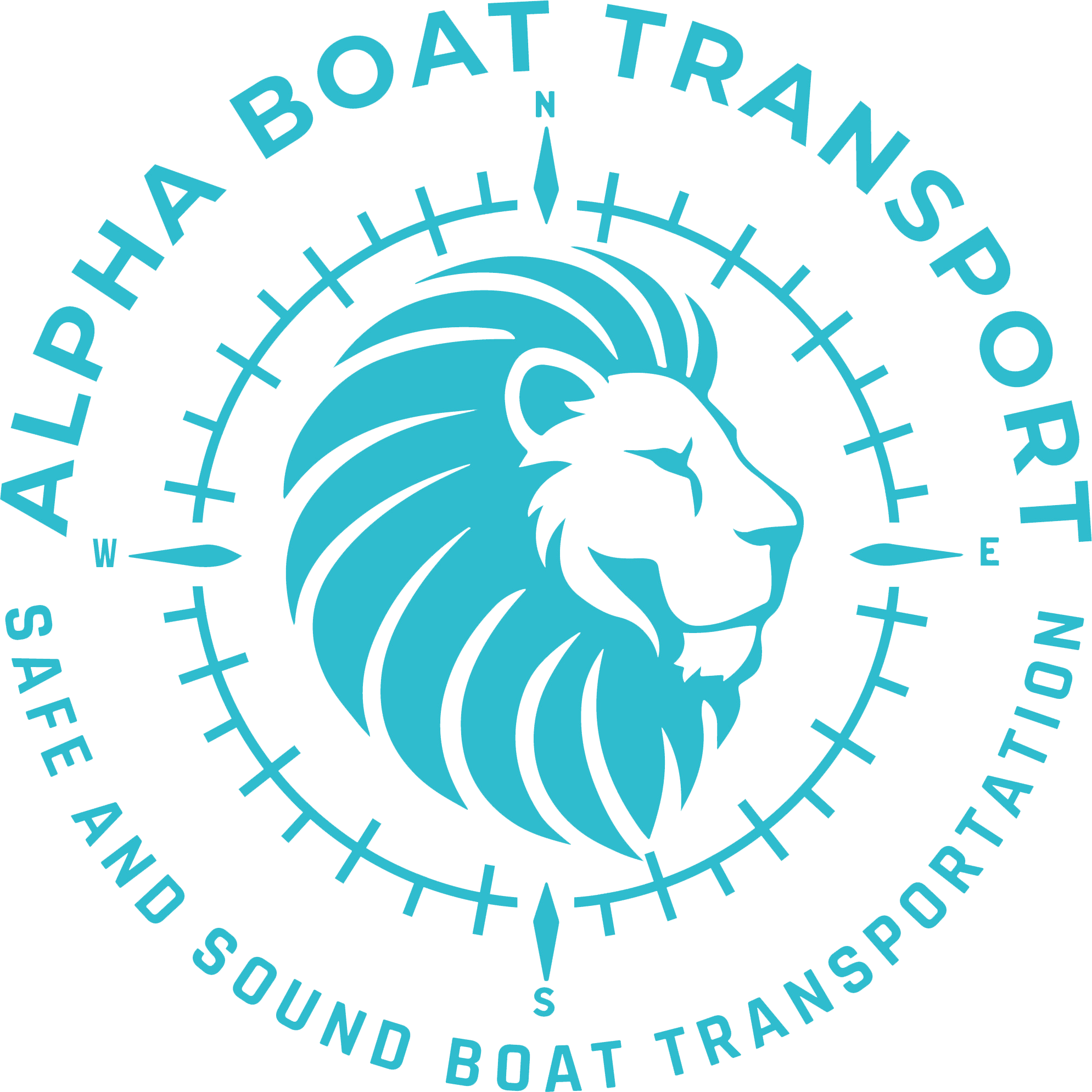Is Your Motor Yacht Ready to Roll? Don’t Let 2025’s New Regs Run You Aground
Listen, I was talking with a transport inspector outta Tampa just last week, and he said it straight: “Permits ain’t what they used to be.” That’s the kind of thing that keeps people like you—boat owners with real money tied up in fiberglass and flame-polished hulls—up at night. And it should.
Let me tell you something. In 2025, boat transport isn’t just about hauling your beauty coast to coast anymore. Thanks to tightening infrastructure safety protocols, 68% of states now demand pre-approved route surveys for vessels over 14 feet wide. Back in 2023, that number sat at 45%. You see where this is headed.
Want to know what that means for motor yacht transport boat transport planning? Delays. Extra cost. Insurance risk. And yeah—stranded yachts because the axle weight in Minnesota doesn’t line up with California law. Brutal.
Here’s the thing though: motor yacht transport regulations vary so wildly by state, it’s turning a once-simple job into a logistics chess match. We’re gonna walk through the big changes, smarter solutions, and exactly how to keep your hull off the curb.
Why Route Surveys Are Now a Dealbreaker
So anyway, remember when boats under 15 feet wide breezed through with minimal headaches? Not anymore.
As of this year, states like Florida, Georgia, and Oregon rolled out route survey mandates for any oversize hull exceeding 14 feet 6 inches in width. These surveys do more than trace GPS lines on a map. They analyze bridge clearances, axle distributions, shoulder widths—basically, whether your transport rig can squeeze through tight spots without sheering off your radar arch.
And these aren’t done in a day. Surveys take 2–5 business days minimum in states like Florida. Add permit processing delays, and you could be looking at a full week before your power yacht even hits the highway.
By the way—California’s now enforcing a max axle load of 20,000 pounds for single axles versus Minnesota’s looser 22,000-pound cap. If your transport provider doesn’t understand that difference, congratulations—you’ve just become your own delay.
Preparation guides have to be more thorough than ever.
AI Route Optimization: The Smart Alternative (That Actually Saves Fuel)
Now, here’s where things get interesting. Top operators (like Alpha Boat Transport) are pivoting to intelligent logistics using AI-based route simulations. What does that mean?
Real-time analysis of:
– Traffic patterns
– Storm systems
– Weigh station wait times
– Infrastructure stress zones
It’s not tech for tech’s sake. Proper AI systems have shown up to 19% fuel savings on coast-to-coast loads. That’s serious dough—especially when diesel’s pushing $5 a gallon.
One of my old classmates from Mass Maritime? He’s helping Alpha run these intel briefings every Monday. They simulate 72-hour transport runs against eight different scenarios. That way, every motor yacht goes out on the safest, shortest, most regulation-compliant route possible.
We’re talking AI working smarter so your boat gets moving faster—and cheaper.
Understanding Width, Weight, and The Catch-22 of Long-Distance Boat Hauling
Now I gotta lay this out plain: width rules and axle weights are a moving target. What passes in Texas ain’t passing through Pennsylvania.
Let me illustrate. You’re pushing a 40-foot yacht on a custom tri-axle trailer.
– In California: 20,000 lbs per axle
– In Minnesota: 22,000 lbs per axle
– In New York: You’ll need a safety escort for anything over 14′ wide, no discussion.
If your operator doesn’t recalibrate at state lines? You’re done.
That’s why long-haul crews following the long-distance boat hauling protocols are becoming the lifesavers of the logistics world. They cross-train team leads in weight compliance—and yeah, they carry hard copies of DOT bulletins.
Boat Transport Horror Stories (and How to Never Make Their Mistakes)
Case in point: My cousin Sal had a customer lined up for a 480 Sundancer pickup in South Carolina. The marina wrapped it perfect, route looked clean. Then boom—Charleston route supervisor tacked on an “urban routing exemption” fee of $680 we hadn’t even anticipated.
Why? Because the planned route passed too close to historical zones requiring vibration studies. You can’t make this stuff up.
Florida’s not much better. In Spring 2025, they began routing wide-load vessels *around* I-10 during school zone hours. Suddenly that 800-mile transport ended up with 1100 miles on the logbook.
Read that again. 300 extra miles because of school zone noise ordinances.
You want to learn from these headaches? Make sure you get carriers using documents like the motor yacht transport checklist. It’s basically a shield against $1,500 surprises.
Why Alpha Boat Transport Is 3 Moves Ahead of the Competition
Let’s cut to it. Not every carrier is navigating this maze efficiently. Some still fax in permit forms, I swear on my grandfather’s rosary.
With Alpha Boat Transport?
✅ 50-state permit compliance team on standby
✅ In-house survey engineers—licensed in 17 states
✅ 24/7 weather-triggered AI rerouting
✅ Trailer compatibility docs for every class of vessel
They’ve worked routes from New Jersey to Florida dozens of times. Check out their route database from past New Jersey to Florida runs—mapped, logged, error-flagged.
Bottom line is, this isn’t some DIY weekend gig. These guys plan like retired Navy logistics officers and execute with blue-collar sharpness. Exactly what you want when moving a half-million-dollar asset.
Protection Tips: Checklist Essentials to Keep Your Yacht Safe in Transit
Look—I’ve seen cracked hulls from panic stops more than I care to admit. And sometimes, that mistreatment happens before the truck even shifts into drive.
That’s why using a carrier with the right checklist protocol is everything. Look for:
– Valve & hose inspections
– Radar and mast disassemblies
– Battery isolations
– Dual-tarp layering (especially for long west-bound routes)
– Audio record logs between pick-up/delivery
– Pre-load hull vids emailed to both transport dispatcher and owner
Trust me, these are standard practice with high-integrity crews. Especially ones following Alpha’s best boat hauling companies certification partner protocols.
Side note—and this drives me nuts—don’t DIY the shrink-wrapping. Unless you’ve trained Marina crew sealing it on vacuum bags, you’re just gifting road grit a place to live.
Expert Insights From the Docks, the Dept of Transportation, and Dispatch Units
“As most experts agree…” Yeah, I know, sounds like a cliché. But seriously—talk to any dispatcher with more than five years under their clipboard, and they’ll all echo this:
Oversize doesn’t start at 16 feet wide—it starts when you go over 102 inches across state lines. Because that’s when all those little state-by-state quirks trigger. It matters whether you’re running a catamaran or a narrow beam cleanliner.
DOT’s own 2025 bulletin flagged “intermediate transitional loads” (boats 12′-14′) as highest permit rejection rates this year.
I mean, we’re living in a world where a minor height profile can kill your whole week’s itinerary.
Don’t go guessing. Stick with guys who read this stuff before breakfast. The ones that keep catamaran checklist docs laminated in their office wall binders.
Frequently Asked Question
How much does motor yacht transport usually cost?
Motor yacht transport boat transport pricing depends on size, distance, permits, and timing. For a 40-foot yacht, expect to pay anywhere from $6,000 to $15,000, especially if route surveys and escorts are needed. Carriers using AI optimization may help cut those numbers, especially on fuel and detour avoidance.
What’s the maximum width allowed without special permits?
Most states allow up to 8 feet 6 inches wide for standard loads. Anything beyond 102 inches is considered oversize, and over 14 feet wide almost always triggers route surveys and escort mandates—especially in 2025 under updated motor yacht transport regulations.
How long does coast-to-coast transport take in 2025?
With new inspections and enforced route restrictions, coast-to-coast motor yacht transport boat transport can take 7 to 14 days depending on route complexity and permit delays. Carriers utilizing AI forecasting may complete trips faster.
What makes Alpha Boat Transport different than competitors?
Alpha Boat leverages state-specific permit specialists, in-house survey planners, and custom load maps. Their AI route planner cuts fuel costs and risk exposure significantly—especially helpful in unpredictable 2025 terrain.
Can I move my yacht myself with a heavy trailer?
In most cases, no. Over 8’6″ wide, you need permits, escorts, insurance upgrades, and precise legal compliance. Even for small boats, professional motor yacht transport boat transport firms reduce liability drastically.

